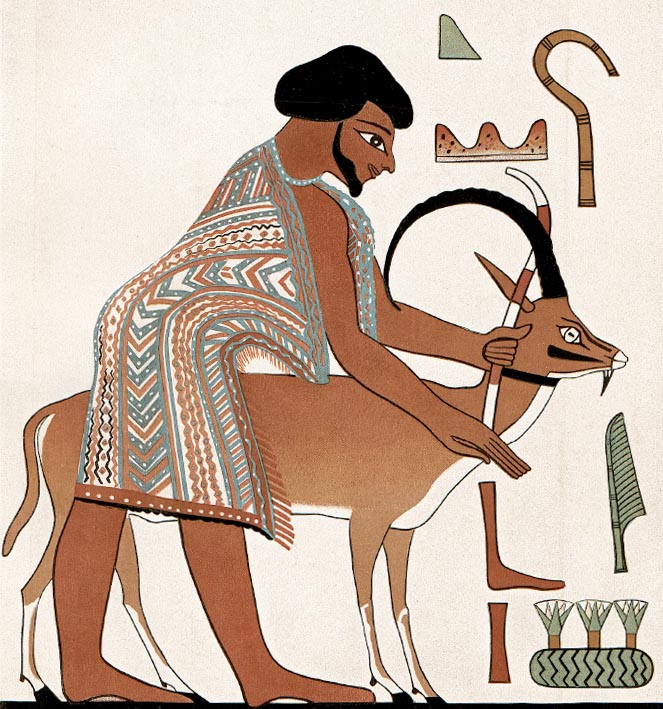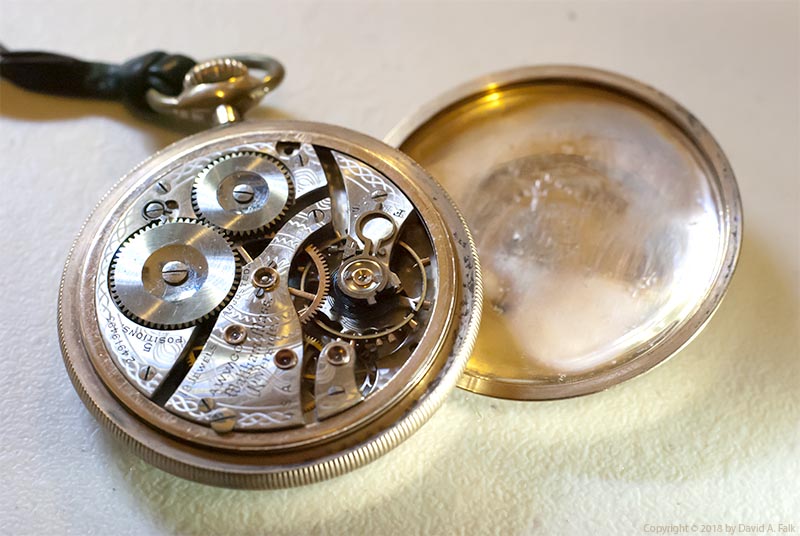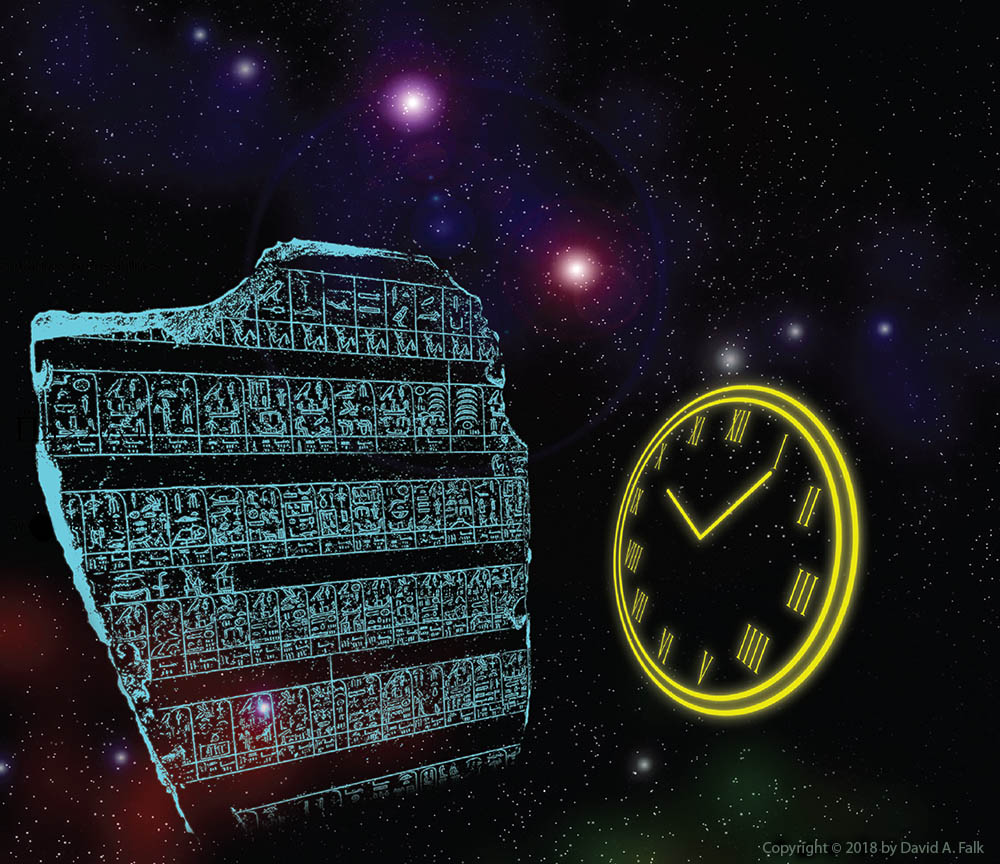One of the occupational hazards of being both an Egyptologist and a Bible scholar is that one is frequently confronted with fringe theories. And typically I don’t feel the need to pay those views a lot of attention. Yet, some views have been affirmed by otherwise respectable scholars that are not so good. Thomas S. McCall (a ThD in Semitic languages and Old Testament) published an article affirming the work of David Rohl who claimed that the tomb of Joseph had been discovered. But is this good or bad biblical scholarship?
David Rohl and his “New Chronology”
McCall in his article endorses a view of chronology held by Rohl. Both believe that the Exodus occurred around 1450 BC, a date consistent with the “early Exodus” perspective. Unfortunately, McCall is not alone in his support of Rohl. Many Christian ministries have endorsed Rohl’s views.
For most Egyptologists, a 1450 BC date would place the Exodus during the reign of Thutmosis III (mid New Kingdom). However, McCall and Rohl have a divergent view of chronology. Rohl believes that the Exodus occurred instead during the reign of Dudimose (a king that reigned 2 years at the end of the Middle Kingdom).
This “new chronology” blithely ignores all the synchronistic evidence. And there is a lot of evidence that precludes Rohl’s chronology from serious consideration (e.g. the Amarna letters). Rohl is definitely outside of the mainstream of modern archaeology and scholarship.
The Tomb of Joseph?
But what about the so-called tomb of Joseph? Regrettably, all that remains are fragments of a single statue. These fragments suggest part of a Semitic hair style and a varicolored tunic. From the account of Joseph having a varicolored tunic (Gen 37:3) and this being the tomb of an important Semite, McCall and Rohl conclude that this must be the tomb of Joseph.
I think that there are problems with how McCall and Rohl arrived at this conclusion. First is the problem of Joseph’s varicolored tunic. Joseph had a varicolored tunic that was a gift from Jacob. But his brothers took Joseph’s tunic and they covered it in goat’s blood to prove to their father that Joseph was dead (Gen 37:23, 31-32). Nothing in the biblical text suggests that Joseph obtained another varicolored tunic.
The other issue is that many Semites had varicolored tunics. For example, from tomb 3 at Beni Hasan, a painting portrays an Asiatic wearing a varicolored tunic while he tends an ibex (see featured picture). This is a problem since the location of Rohl’s so-called tomb of Joseph was at Avaris, a predominantly Semite culture. Many people could have had varicolored tunics, and thus a varicolored tunic would not have been an identifying symbol.
How can we know that this is the tomb of Joseph versus any other Hyksos or Asiatic official? We can’t. The evidence is simply insufficient to determine one way or the other.
Scholarship Gone Bad
So why does McCall accept Rohl’s chronology? Because what Rohl says fits with a chronology that McCall expects from the Bible. The problem here is confirmation bias.
Biblical studies is by no means alone in having confirmation bias. But when bible scholars seek to take an apologetic approach to their research, the desire to prove what they already think is true often becomes a driving imperative. This often leads them down wrong paths by ignoring contradictory evidence in the pursuit of evidence that supports their position.
Now, I think that there is evidence that supports various aspects of the biblical texts. However, making the purpose of our scholarship the finding (or manufacture) of evidence does more harm than good. As responsible scholars, we must carefully weigh the evidence both for and against whatever hypothesis we may hold, and then go with the evidence. This way we can learn about biblical texts in ways that may not have even occurred to us.
I honestly think that starting with specific dates and looking for evidence that fits is really poor scholarship. What if your chronology is wrong? What if we are reading the biblical texts in a way that is different from what the ancient writer intended? What if by some chance you find the real Joseph? In McCall’s case, his acceptance of Rohl’s defective chronology is almost certainly wrong.
McCall and Rohl are looking to find Joseph, and that is what both find in spite of the evidence. While I believe that Joseph was a real person, I just don’t think that either Rohl’s chronology or his evidence is sound. This is why confirmation bias is such a terrible thing. Confirmation bias blinds us to any hard truths or bad scholarship that might be before us.


